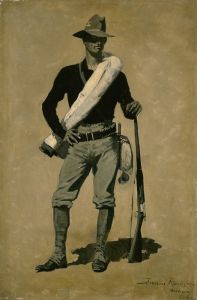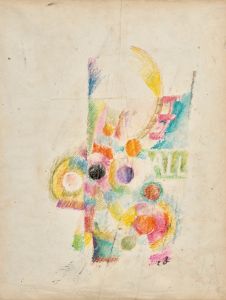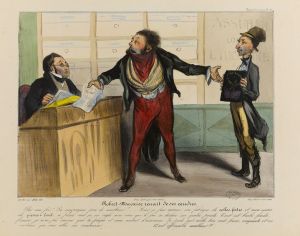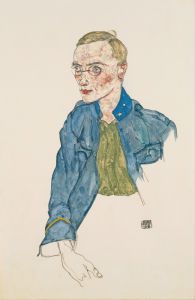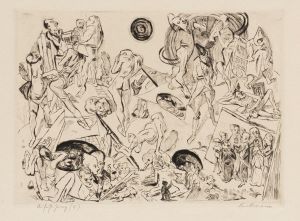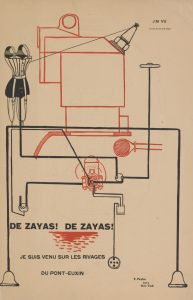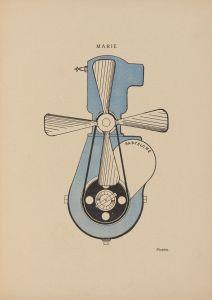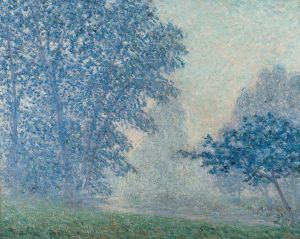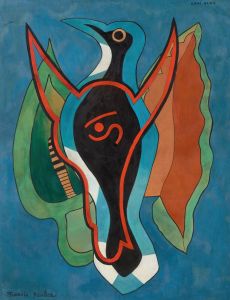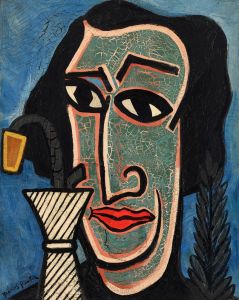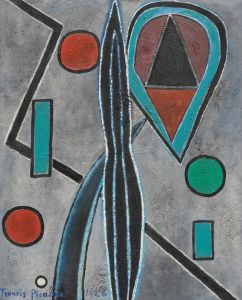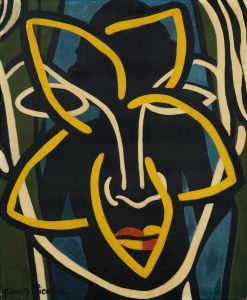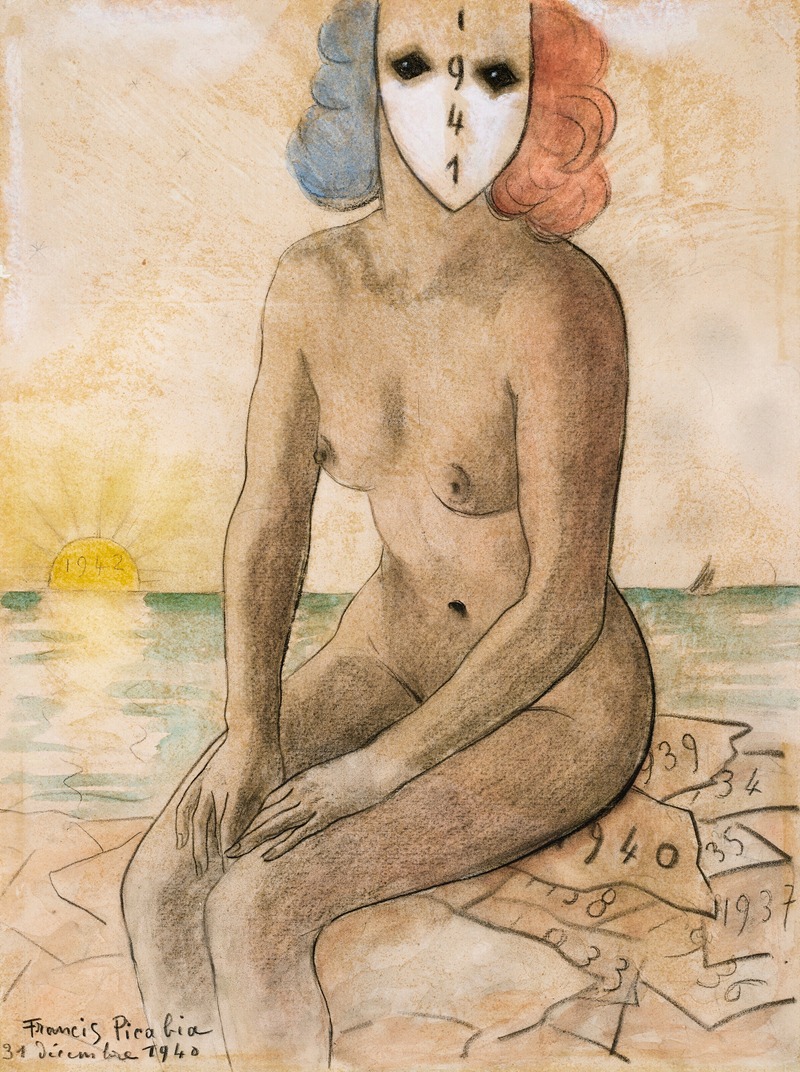
Victoire française
A hand-painted replica of Francis Picabia’s masterpiece Victoire française, meticulously crafted by professional artists to capture the true essence of the original. Each piece is created with museum-quality canvas and rare mineral pigments, carefully painted by experienced artists with delicate brushstrokes and rich, layered colors to perfectly recreate the texture of the original artwork. Unlike machine-printed reproductions, this hand-painted version brings the painting to life, infused with the artist’s emotions and skill in every stroke. Whether for personal collection or home decoration, it instantly elevates the artistic atmosphere of any space.
Francis Picabia was a French avant-garde painter, poet, and typographist, known for his diverse and innovative contributions to modern art. He was associated with several art movements, including Impressionism, Cubism, Dada, and Surrealism. Picabia's work often challenged traditional artistic conventions and explored new forms of expression.
"Victoire française" is one of Picabia's notable works, created during a period when he was deeply involved with the Dada movement. Dada was an avant-garde movement that emerged in the early 20th century as a reaction to the horrors of World War I. It was characterized by its anti-establishment ethos, embracing absurdity, irrationality, and a rejection of traditional artistic values. Picabia was a central figure in the Dada movement, contributing to its development and dissemination through his art and writings.
The painting "Victoire française" reflects Picabia's Dadaist sensibilities. It is known for its abstract and mechanistic style, which was a hallmark of Picabia's work during this period. The painting is often interpreted as a commentary on the mechanization of society and the impact of technology on human life, themes that were prevalent in Picabia's work. His use of mechanical imagery and abstract forms can be seen as a critique of the industrial age and its dehumanizing effects.
Picabia's work during the Dada period was also marked by a playful and irreverent approach to art-making. He often incorporated elements of chance and spontaneity into his work, challenging the notion of the artist as a creator of meaning. This approach is evident in "Victoire française," where the composition and forms appear to be deliberately ambiguous and open to interpretation.
The title "Victoire française" translates to "French Victory," which may suggest a reference to nationalistic themes or the aftermath of World War I. However, true to Dada's spirit, Picabia's intentions with the title and the painting itself remain enigmatic, inviting viewers to draw their own conclusions.
Picabia's influence on modern art extends beyond his contributions to Dada. His willingness to experiment with different styles and media, as well as his rejection of conventional artistic norms, paved the way for future generations of artists. "Victoire française" is a testament to Picabia's innovative spirit and his ability to provoke thought and challenge perceptions through his art.
Overall, "Victoire française" exemplifies Francis Picabia's role as a pioneer of modern art, reflecting his engagement with the cultural and technological changes of his time. The painting remains an important work in the study of early 20th-century art, illustrating the dynamic and often contradictory nature of the Dada movement and Picabia's unique artistic vision.





